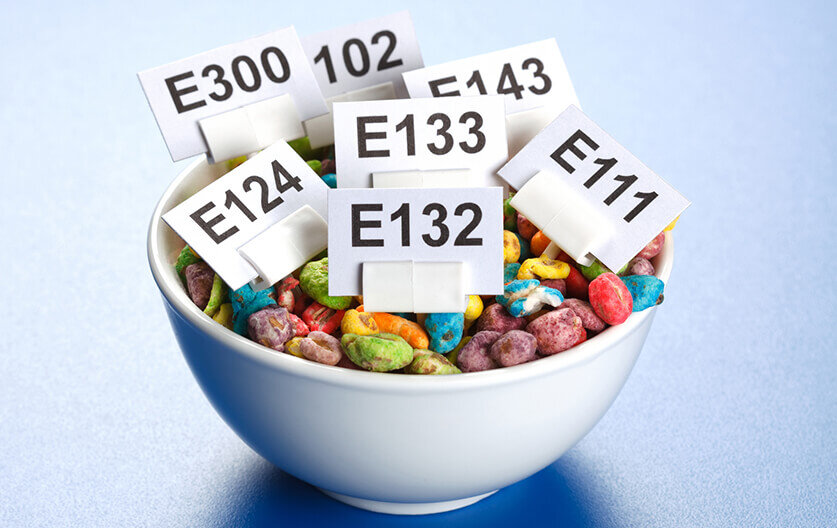Find out what preservative additives are, what their function is, what they are for, what their declaration is like and in what foods we can find them.
If you go to your pantry, or to the refrigerator, and you look at the labeling of some food product or packaged food that you take at random, you probably find yourself among its ingredients with what are called food additives. And, as its name indicates, those known as food additives are substances or compounds that fulfill the function of improving the appearance, aroma or flavor of food, or prevent its natural oxidation, or extend its expiration period.
Precisely in this sense, depending on their property, quality or purpose, there are different and different types of food additives: colorants, preservatives, emulsifiers, antioxidants and stabilizers.
What are preservative additives?
Those known as preservative additives are substances or compounds that delay or prevent the natural rottenness of food, as a result of the presence of microorganisms (such as fungi, bacteria or yeast).
The truth is that we cannot only find preservatives in packaged food products. Also in medicines. However, when different preservatives are added simultaneously to the same food, it is necessary to know that the maximum legally allowed dose is reduced depending precisely on the number of substances or compounds that have been used.
Thus, for example, if two preservatives have been used at the same time, this is reduced by half. And when three preservatives have been used, it is reduced to a third… So on.
How preservative additives are declared:
As with the rest of food additives, preservative additives must be stated on the packaging of the food product; In the case of non-packaged products, they must be stated on a label placed next to the product.
We must differentiate between those preservatives that are only added to food (and are digested together with it), and those preservatives that can only be used on the surface of food.
What foods can contain preservatives?
- Prepared mayonnaises and sauces.
- Canned fish and seafood.
- Pastry products.
- Products made with fish.
- Candies.
- Sausages, blood sausages and other sausages.































